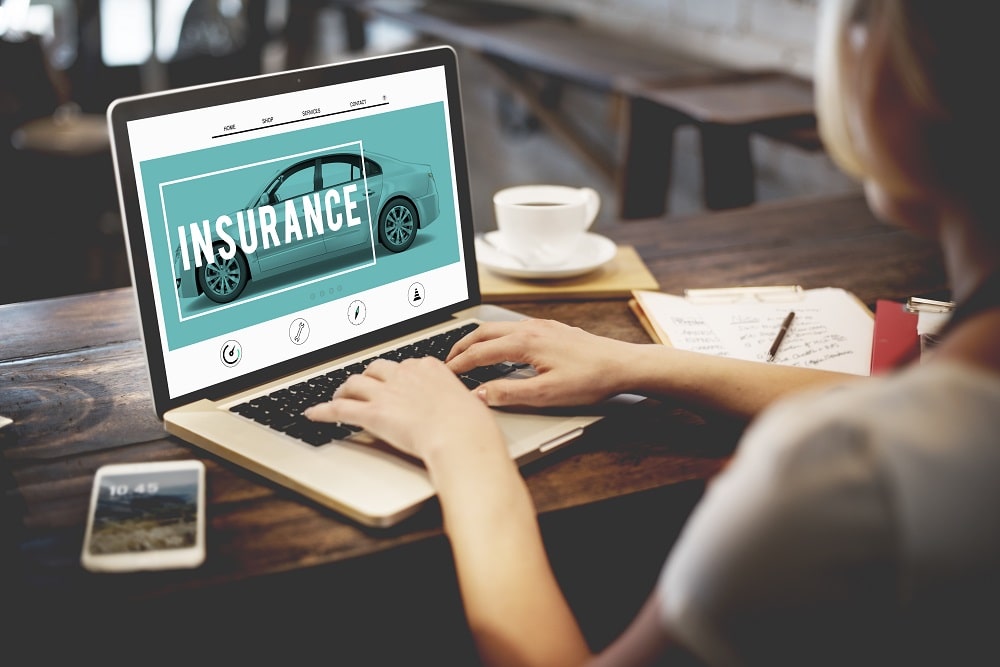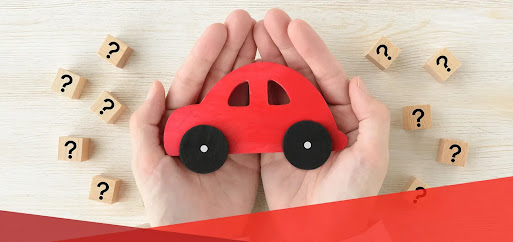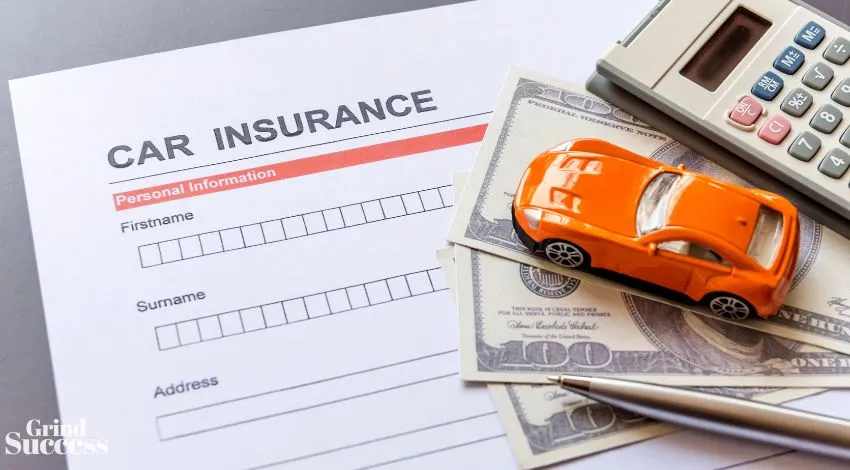Car insurance is a necessity for anyone who drives their own car, but with so many different types of car insurance and policy options out there, it can be easy to feel overwhelmed.
In this article, we’ll break down how to shop for car insurance in five simple steps to help you find a policy that fits your needs—and wallet—best!
1. Determine Your State's Required Coverage
The first step in shopping for car insurance is figuring out your state's minimum coverage requirements. These requirements are the least amount of coverage you must have to legally drive your vehicle, according to your state of residence.
Insurance companies, agents, and other reputable insurance websites can help you find this information. However, we’re all responsible for purchasing insurance that meets our own state requirements, so it’s always a good idea to check for yourself and be sure.
An Example of State Required Coverages:
To understand some of the required insurance coverages a state might have, let's take a look at Illinois.
The state of Illinois requires their drivers to carry the following coverages:
• Bodily injury liability coverage of $25,000 per person and $50,000 per accident
• Property damage liability coverage of $20,000 per accident
This means that as a driver in Illinois, you must have a minimum of $25,000 per person and $50,000 per accident on your policy for bodily injury coverage, and a minimum of $20,000 per accident of property damage liability coverage.
When looking at an auto insurance policy or quote, you may see this represented as $25,000/$50,000/$20,000.
Choose Your Coverage Options
Your state's minimum coverage requirements only include the types and amounts of insurance that you must carry. State minimum coverage requirements don't always translate to sufficient coverage when an actual claim arises, so it’s important to find the level of coverage that’s right for you.
While "just enough" insurance might seem like the more frugal option when you’re first signing up for your policy, if your state-required coverages are found to be inadequate in the case of an accident, you could be left with significant out-of-pocket expenses. So how do you decide how much insurance is enough for your specific needs?
Here are a few questions you can ask yourself to help you narrow in on how much insurance you might need:
Here are a few questions you can ask yourself to help you narrow in on how much insurance you might need:
"How much is my car worth?" Generally, the more your vehicle's worth, the more value you’ll find in additional protection like comprehensive and collision coverage. In fact, if you finance or lease your vehicle, your lender may require you to carry these coverages.
"How likely am I to get into an accident?" Accidents are unpredictable. However, if you don’t have the best driving record or have young or inexperienced drivers insured on your policy, you may feel more comfortable with increased coverage limits.
"What am I willing to pay monthly, and what can I afford in an emergency?" When you're deciding on your insurance coverage, your budget can often be a primary factor that will drive some of your decisions. For example, if you prefer a lower monthly payment, you might have higher comprehensive and collision deductibles. This means that you would enjoy a lower regular payment each month, but you could end up having to pay a larger amount of money out of pocket in the event of an accident. On the other hand, if you don't want to worry about having to come up with a larger amount of money in the event of an unexpected accident, you might prefer a higher monthly premium so you can have lower deductibles.
Pro Tip: Call an Insurance Agent or Get an Online Quote to Help You Find the Right Policy
While it's great to be knowledgeable about your insurance needs, it can also be beneficial to have a professional help you craft your perfect policy. When you speak with a knowledgeable insurance agent or obtain an insurance quote through an online quote system, you'll not only be provided with information about state minimum requirements, but you’ll often receive guidance to help you build a policy that meets your unique needs.
2. Get Quotes from Multiple Providers
When you’re shopping for new car insurance policies, getting multiple quotes and comparing all of your available options is one of the best ways to find the policy that’s right for you.
Because there is such a multitude of coverage options and features, it can be difficult to make an apples-to-apples comparison between different policies. Identifying the main components of the car insurance policies will make everything a bit easier to digest.
If you already have car insurance and want to compare policies, turn to your insurance declarations page. This is usually the first or second page of your auto insurance policy, where your coverages are listed. Use that to compare some of the main components of an automobile insurance policy:
Liability coverage
Uninsured and underinsured motorists’ coverage
Comprehensive and collision coverage and deductibles
Medical payments coverage
Personal injury protection (PIP)
Note, this list is not exhaustive and there are many more coverage options. However, apples-to-apples comparison to the other policies you’re reviewing will give you a better idea of whether or not you are making a reasonable comparison between policies.
Now that you have a better idea of where to focus, start your search for new insurance with a free, no-obligation quote from our 60-second coverage wizard calculator.
Pro Tip: Use an Online Insurance Comparison Tool
In the past, shopping for insurance would generally require hours of back and forth phone calls over the course of several days just to receive four or five quotes.
Thankfully, those days are behind us. Today, there are numerous online insurance comparison tools that let you compare dozens of auto insurance options in minutes. Here are some popular free tools that will help you take the next step in reviewing your coverage options:
www.thezebra.com
www.insurify.com
www.compare.com
Between online insurance comparison tools, direct quotes from carriers, or giving a quick call to an independent agent, you can bypass the waiting and get all the information you need in minutes.
3. Look for Car Insurance Discounts
One way to save money on your car insurance policy is to keep an eye out for discounts. When choosing a new car insurance policy, you can often find a number of different discounts available (and you may be eligible for more than one)! While discount eligibility and availability can vary from person to person and state to state, some of the more common car insurance discounts are:
Vehicle-related discounts: Is your vehicle equipped with features like anti-lock brakes, airbags, or a passive restraint system? Insurance companies value your safety and may offer a discount if you have eligible safety features installed in your vehicle.
4. Select Your New Policy and Get Insured!
After you've compared a few quotes and applied for any eligible discounts , it's time to lock in your coverage.
If you’re ready to activate your policy, your next steps are to confirm your coverage selections with your provider of choice, select your payment methods, and submit your signed application. Once you've submitted your signed documents and they have been approved by your insurer, they should send you a notification and confirm with you when your policy will officially start!
5. Cancel Your Old Policy (If You Have One)
If you have an existing car insurance policy, you'll want to make sure to cancel it once your new policy goes into effect. This is a crucial step—you don't want to be paying for two car insurance policies at the same time. More importantly, you don't ever want your coverage to lapse!
Pro Tip: Wait Until Your New Insurance Is Active to Prevent Gaps in Coverage
As touched on above, it's important you don’t cancel your old policy before your new one goes into effect. A lapse in insurance coverage—even just a few days—could result in major trouble in the event of an accident, as well as increased premiums and other insurance headaches down the road.










